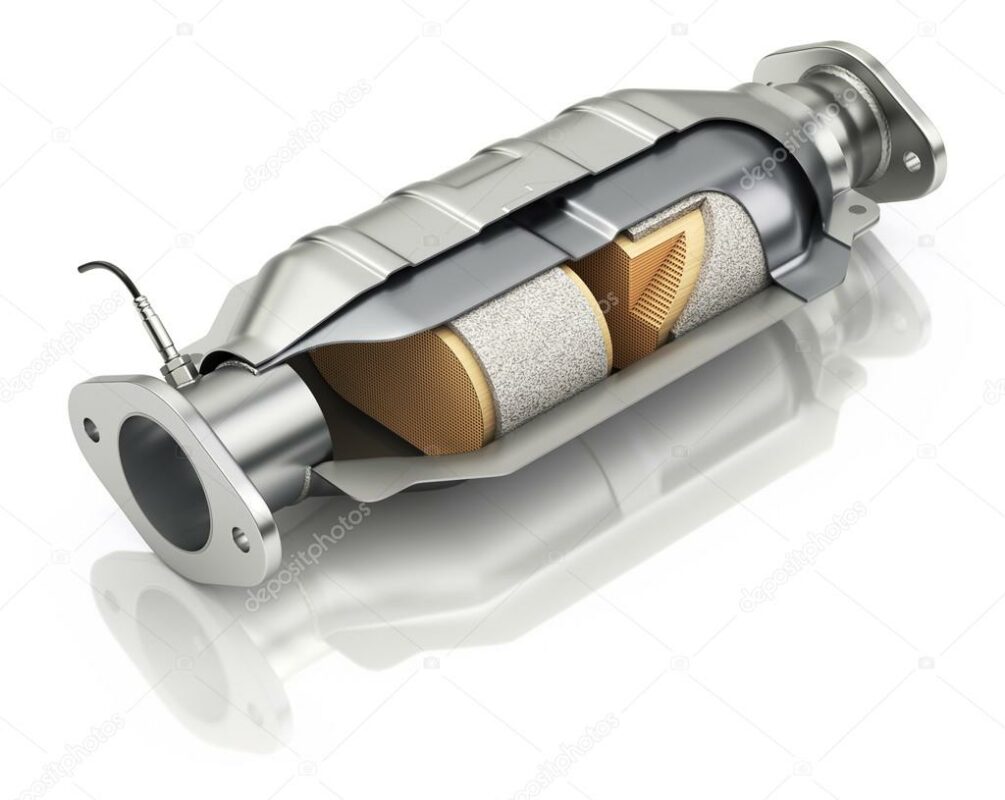Uncategorized
What are catalytic converters made of?
Catalytic converters are a crucial component of modern automobiles, responsible for reducing harmful emissions from the exhaust system. But what exactly are these devices made of?
At their core, catalytic converters are essentially small chemical reactors. They are composed of a ceramic or metallic substrate, which serves as a support for the catalytic materials. There are different types of catalytic converters. The most common ones used are platinum, palladium, and rhodium. These metals are super effective at breaking down harmful pollutants such as carbon monoxide, nitrogen oxides and hydrocarbons.
Honeycomb Structure
It’s designed with a large honeycomb structure, which increases the surface area for the exhaust gasses to come into contact with the catalysts. This design maximizes the catalytic activity and allows the converter to effectively reduce emissions.
Think of it like a microscopic city, with tiny metal particles as the buildings, and the honeycomb structure as the streets, making it easier for the pollutants to travel and be broken down.
Types of catalysts and their composition
There are two main types of catalysts used in catalytic converters: precious metals and non-precious metals. The most common precious metal catalyst is platinum, which is highly effective at reducing emissions of carbon monoxide, nitrogen oxides, and hydrocarbons. Palladium and rhodium are also used, but to a lesser extent.
Non-precious metal catalysts, such as cerium, manganese, and iron, are less expensive than precious metals, but not as effective at reducing emissions. However, they are often used in combination with precious metals to create a more efficient and cost-effective catalytic converter.
The substrate of a catalytic converter is typically made of ceramic or metallic materials. Ceramic substrates are made of a porous cordierite or silicon carbide material, while metallic substrates are made of stainless steel or a nickel-chromium alloy.Ceramic substrates are more durable and heat-resistant than metallic substrates, but they are also more expensive to produce. On the other hand, metallic substrates are less expensive but not as durable in high-temperature environments.
It’s worth noting that catalytic converters are not a one-size-fits-all solution. Different vehicles have different emissions control needs, and as such, catalytic converters are specifically designed to meet the requirements of each type of vehicle.
Conclusion
The materials used in catalytic converters are carefully selected to ensure they are effective in reducing emissions while also being cost-effective. With stricter emissions regulations coming into play, the role of catalytic converters in reducing pollution is becoming more important than ever.
Though catalytic converters have been around for decades, the technology is continuously evolving to meet the ever-changing emission control needs of different types of vehicles.








